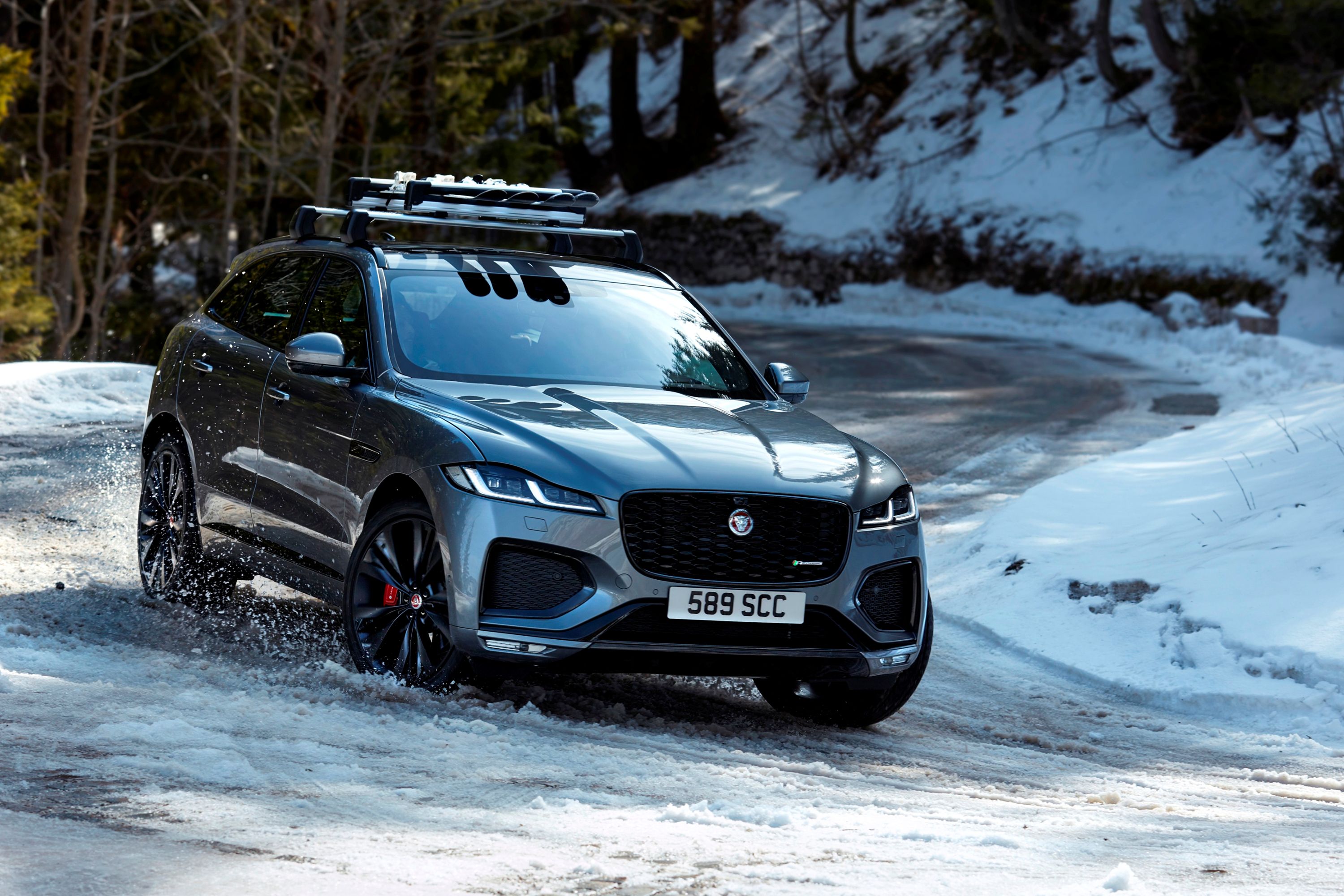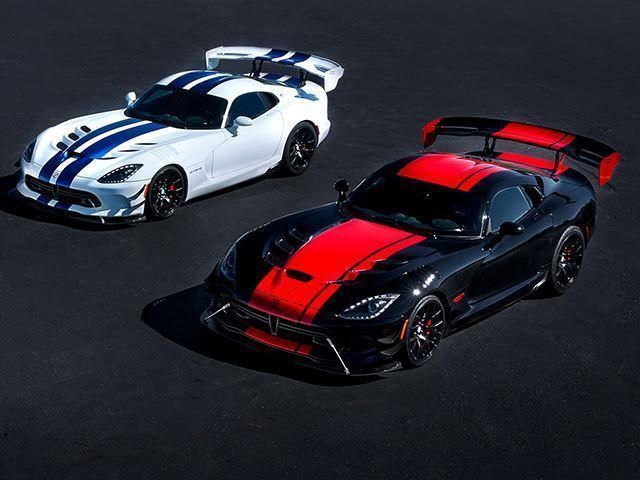
Automotive trends are dictated by a number of things. Manufacturers have some control over changes in the automotive culture, but mainly they are influenced by what the consumer demands. If we all had families of seven people, minivans might be the only bodystyle available, but thankfully we don't live in that nightmare scenario. However, there are a few few creeping trends that are emerging in the industry that we aren't fans of. Here are the five we would stop (or reverse) if we had the influence.
Our love for the manual transmission, especially when fitted to something with a ton of horsepower, has no bounds. Unfortunately, performance cars are moving towards dual-clutch transmissions which are faster, more efficient, and easier to drive. This means that the manual transmission, which we argue is more fun to drive, is being relegated to cheap base models of cars that you can't really enjoy them in. You can no longer buy a Ferrari or Lamborghini with a stick anymore, but thank goodness we can still get a 1.0-liter EcoBoost Fiesta with three pedals. If we could control industry trends, manufacturers would keep making manual transmissions, but in our heart of hearts we know this is a lost cause.
SUVs are quickly becoming the biggest segment in the industry, overtaking all others. What started off as a novelty for people who wanted something that could be capable off-road and not completely spartan, has now turned into the must-have item of the year. We admit that some of the new SUVs that have emerged from this trend are excellent, like the Jaguar F-Pace. However, what we don't appreciate is that automakers are putting so much time and effort into developing SUVs at the expense of the stuff enthusiasts like. Lamborghini is the perfect example. Why not just update the Aventador, which is showing its age instead of creating a stupidly expensive SUV that no one can afford?
We were really on the fence about whether to include self-driving cars on this list. On the one hand, we love the prospect of having a sports car to carve up a canyon road on the weekend, and a boring commuter car that can drive itself on our way to work. However, what if the future of autonomy kills the car hobby all together? Car enthusiasts are already a seemingly dying breed. If all cars drive themselves, there may be no reason for enthusiast cars to ever be built. There may even come a time when driving is actually outlawed because of safety concerns. We guess that in that reality, we could still have human-piloted cars at race tracks, but we would still like to be in control of our cars.
When we talk about most of these automotive trends like SUVs and autonomy, the main source of the issue is China. China is one of the fastest growing markets, and manufacturers are bending over backwards to build cars that the Chinese will buy. They are even going out of their way to avoid cars that won't sell well in China. Take the stunning Buick Avista Concept. It is a gorgeous two-door coupe that could bring back Buick's prestige as a brand and the only reason it won't get built is because two-door cars don't sell well in China. We have coined the phrase "because China" whenever we talk about almost all of the trends we hate in the automotive industry. If you want to know why we are mad, its because China.
Of course, one of the biggest gripes that we have with new cars is their excessive prices. These days, even a run-of-the-mill Civic can cost you nearly $30,000 if you fill it with options. Cars used to be a right-of-passage for young people who were getting their first taste of freedom, but now, hardly anyone can afford one. For young buyers looking for a fun, entry-level sports car at an affordable price, the Toyota/Subaru twins and the Mazda/Fiat twins are pretty much the only options. Even these cars, which start at around $25,000, quickly become over $30,000 with a few options.
New cars are great, but not if no one can afford to buy one. The BRZ and FR-S were exactly what people were begging for, an affordable sports car with RWD and reasonable power at a reasonable price. So why didn't the car sell as well as Toyota and Subaru hoped? Some people might say that 200 hp wasn't enough, and that there needs to be a turbocharged version with more power. We think a bit differently. We think that a car like this needs to be more affordable, or else people with student debt aren't going to be able to buy one. We would love to own a Kei car like the Honda S660, but cheap sports cars appear to be a thing of the past.

